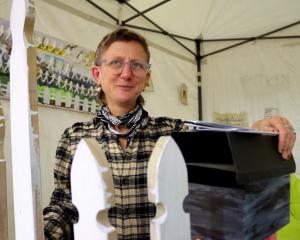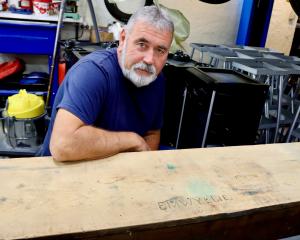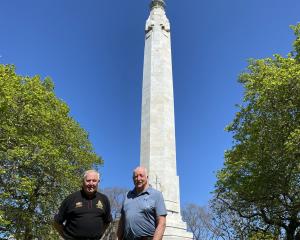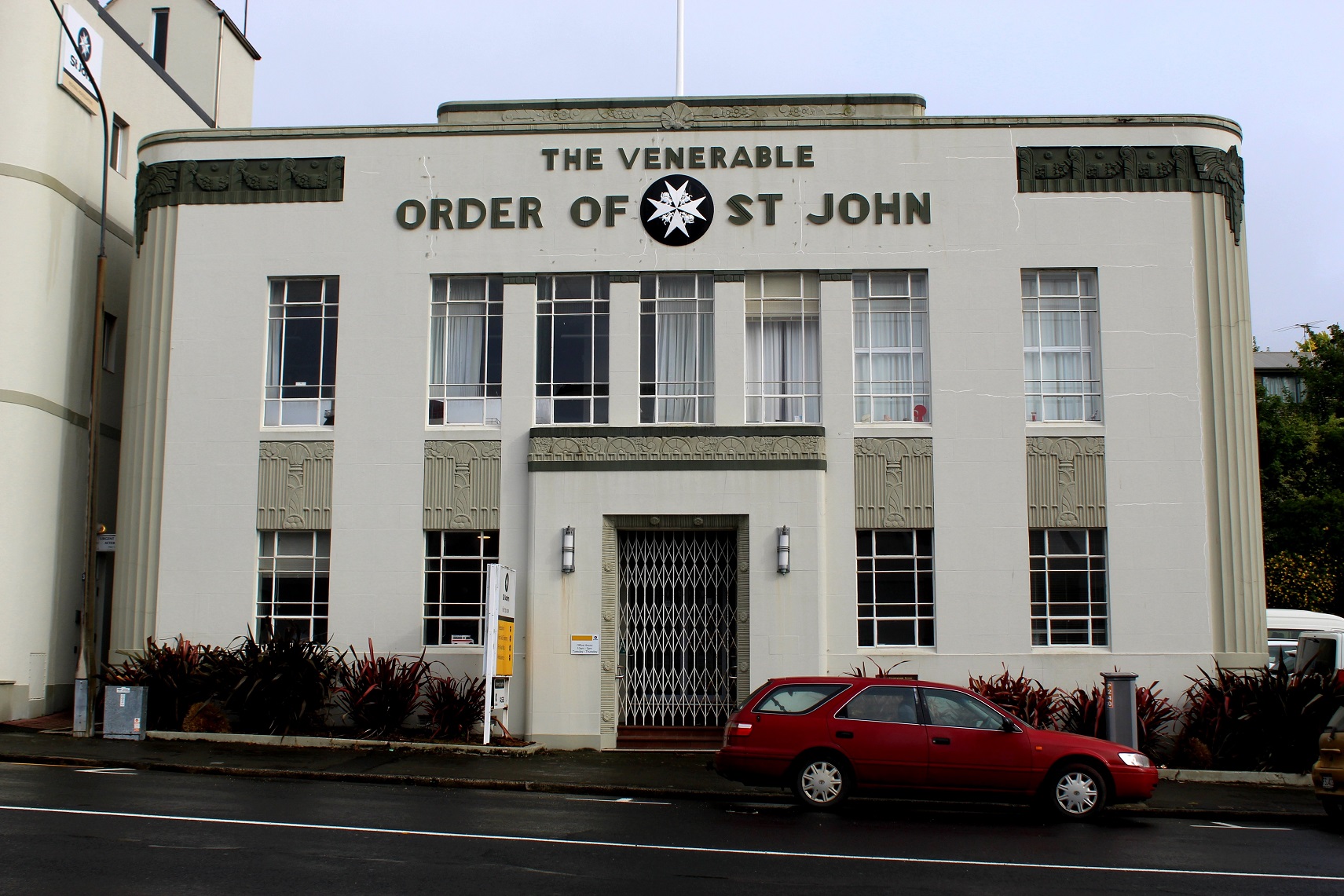
The story behind this building is the tale of a man who spent his working life helping women feel beautiful, and used his success in business to help the sick and needy.
The Star reporter Simon Henderson investigates the man behind the Art Deco facade.

Born in Kurow, Poland, Samuel Saltzman began working as a tailor’s apprentice when he was 13.
At 19 he moved to America, and while he was there he heard about New Zealand and he decided it could be the place where his developing skills as a women’s tailor could thrive.
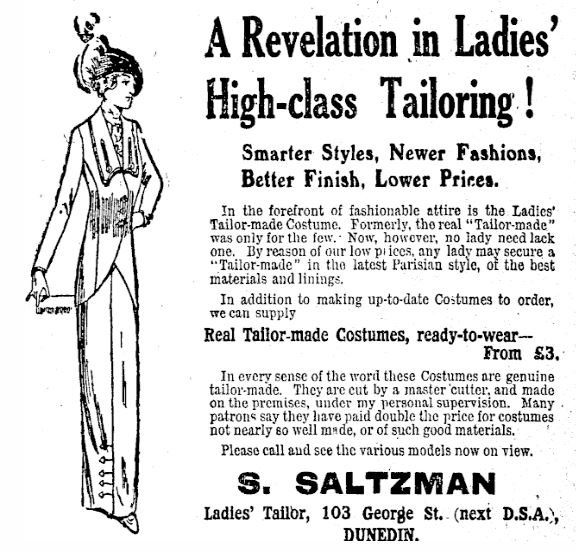
He moved to Dunedin in 1914, setting up a modern tailoring establishment and becoming a regular advertiser in local newspapers.
Saltzman’s growing success enabled him to begin a lifelong pursuit of philanthropy.
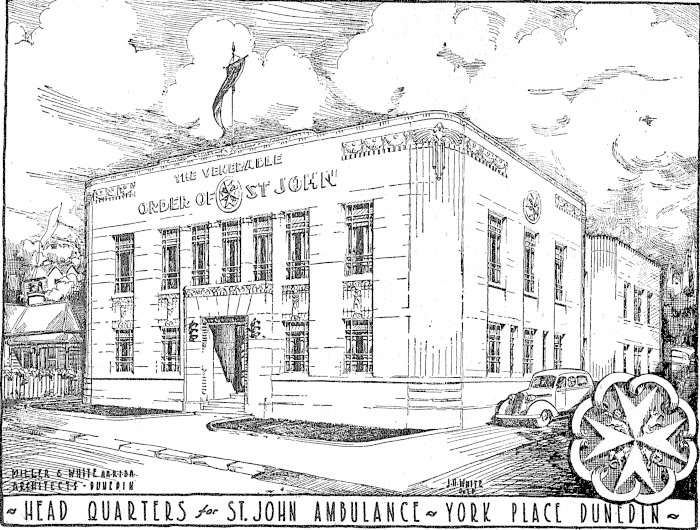
Between 1930 and 1937 he provided a huge amount of help for the many men and their families who were out of work.
This included giving away more than 130 tonnes of coal so families would not be without a fire in winter.
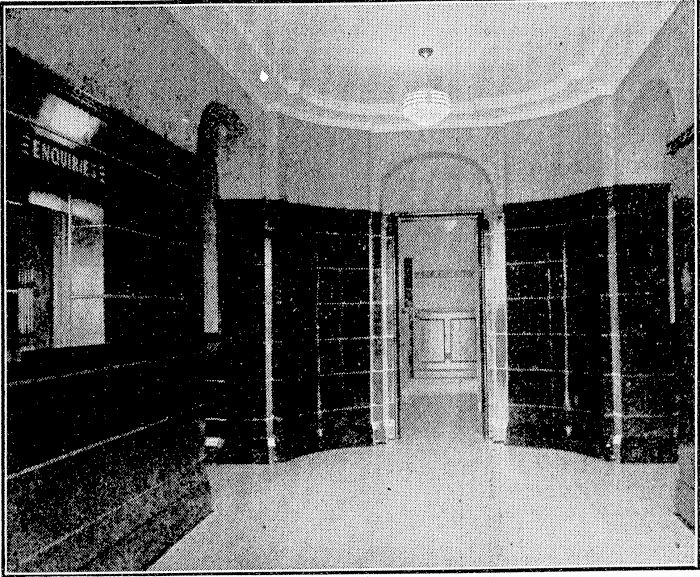
Saltzman also gave regular donations of butter, tea, boots, socks and blankets to the relief depots that were set up to provide assistance to those in need.
In the mid-1930s, Saltzman’s charitable contributions intensified.
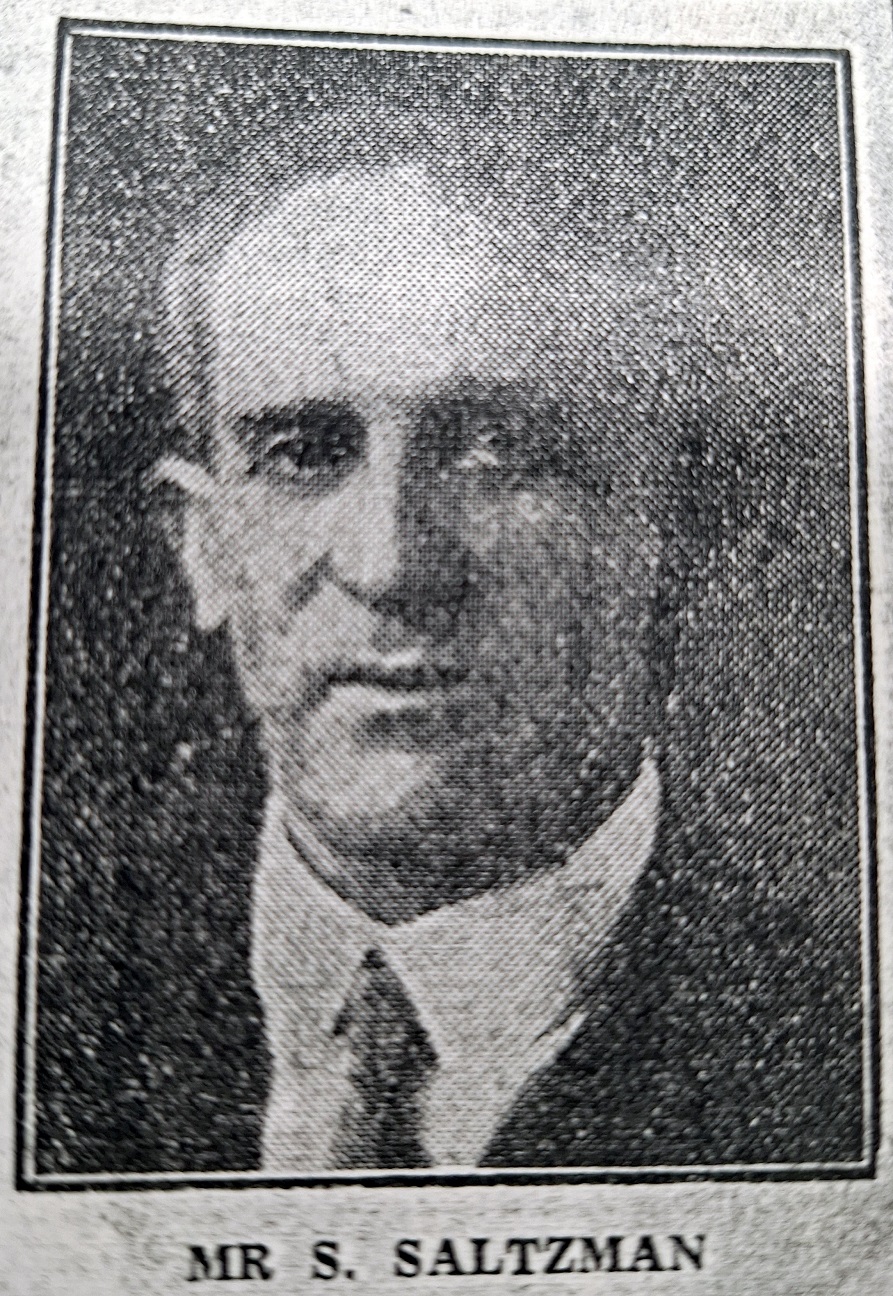
Mission to construct an administration block at the Company Bay health camp for children, £1500 for a children’s open-air block at Oamaru Public Hospital and £3000 for an administration and treatment block in Southland.
His biggest donation was yet to come, as he provided £7000 for the construction of a new building for St John Ambulance in Dunedin in Lower York Place.
Mr Saltzman’s philanthropy was recognised when he received the Grade of Donal from the Venerable Order of St John of Jerusalem in 1938 and an OBE in 1939.

Post-war, his business, S. Saltzman Ltd, continued to thrive, and he kept making donations, such as £150 to the Otago Centennial commemoration fund in 1946.
By 1950, advertisements for his tailoring business diminished, and by 1951, Saltzman disappeared from public mention until his obituary in 1963.
For many years he lived as a bachelor at the Leviathan Hotel, until at the age of 82 he was knocked down by a car while crossing Great King St, and died of his injuries at Dunedin Hospital.

DONATIONS
Over the course of his life, between 1929 and 1946, Mr Saltzman gave away more than £22,500.
This figure only represents donations that were reported in the local newspapers of the time; it is possible there were other private donations that were not reported on, and it does not include non-cash donations for which a figure is not available, such as the enormous amount of coal Mr Saltzman gave away during The Depression years.
It is difficult to be exact, but by using the Reserve Bank of New Zealand’s inflation calculator, it is possible to estimate that in today’s money, Mr Saltzman’s generosity was equivalent to something like $3,111,875.



